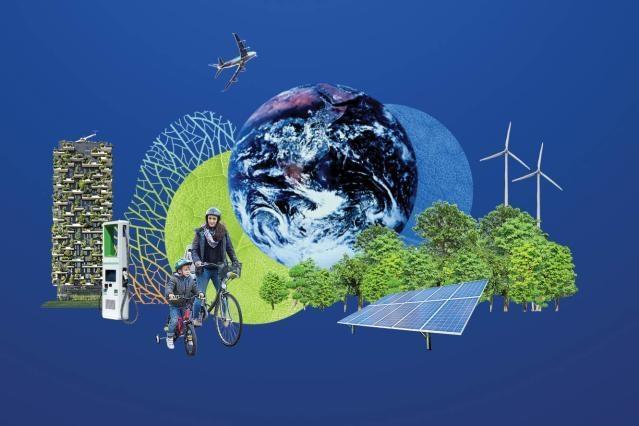The Commission aims to at least double renovation rates in the next ten years and make sure renovations lead to higher energy and resource efficiency. This will enhance the quality of life for people living in and using the buildings, reduce Europe’s greenhouse gas emissions, foster digitalisation and improve the reuse and recycling of materials.
To spur the necessary renovations, we proposed in 2021 a revision of the EU’s Energy Performance of Buildings Directive to gradually improve the energy performance of buildings across Europe, taking carefully into account national circumstances.
The necessary improvements can be achieved through a number of individual measures, such as installing insulation, replacing old windows or doors, upgrading heating systems, or installing solar panels.
The newly created Social Climate Fund will support EU citizens most affected or at risk of energy or mobility poverty. It will provide over €86 billion in total to support the most vulnerable citizens and small businesses with the green transition.
The Fund will support these vulnerable groups through structural measures and investments in energy efficiency, the renovation of buildings (e.g. insulation), clean heating and cooling (e.g. heat pumps), and integration of renewable energy (e.g. solar panels) as well as in zero- and low-emission mobility and transport, including public transport.
To complement new EU rules on buildings and guide Member States’ efforts, there is a new indicative national benchmark of 49% of renewable energy in the buildings sector.
The public sector will also be subject to a new annual energy consumption reduction target of 1.9%. The obligation of Member States to renovate each year at least 3% of total floor area of buildings owned by the public administration is extended from the central government to all levels of public administration.
In addition, from 2027, building and transport fuels will be covered by emissions trading, putting a price on pollution, stimulating cleaner fuel use, and re-investing in clean technologies.

